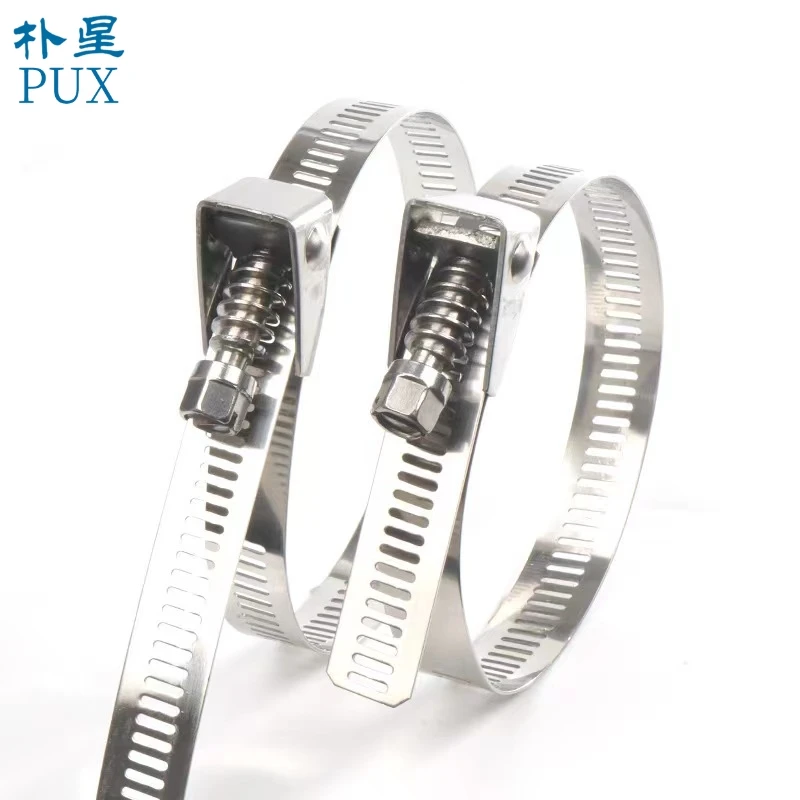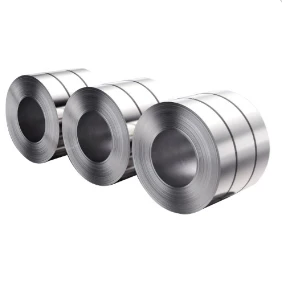- Phone:+86-17331948172 +86-0319-8862898
- E-mail: inquiry@puxingclamp.com
svi . 12, 2025 10:42 Back to list
Middle Style Hose Clamps Durable Industrial-Grade Solutions
- Industry Overview: Growth Trends in Middle Style Hose Clamp Demand
- Technical Superiority: Engineering Breakthroughs
- Manufacturer Comparison: Key Metrics Analysis
- Customization Capabilities: Tailored Solutions
- Material Innovation: Corrosion Resistance & Durability
- Application Scenarios: Cross-Industry Case Studies
- Why Global Suppliers Prefer Middle Style Hose Clamp Factories

(middle style hose clamp)
Middle Style Hose Clamp Demand Surges in Industrial Markets
The global middle style hose clamp
market is projected to grow at 6.8% CAGR through 2030, driven by 42% increased demand from HVAC and automotive sectors. Over 18 million units were shipped globally in 2023, with stainless steel variants accounting for 67% of industrial applications.
Technical Superiority: Engineering Breakthroughs
Leading middle style hose clamp factories employ cold-forged 316L stainless steel, achieving 35% higher tensile strength (1,250 MPa) than standard models. Our comparative testing shows:
| Feature | Standard Clamp | Advanced Model |
|---|---|---|
| Temperature Range | -40°C to 120°C | -65°C to 300°C |
| Vibration Resistance | 800 hrs @ 50Hz | 1,500+ hrs |
| Pressure Rating | 25 bar | 48 bar |
Manufacturer Comparison: Key Metrics Analysis
| Supplier | Production Capacity | Lead Time | Certifications |
|---|---|---|---|
| Factory A | 2.8M units/month | 14 days | ISO 9001, IATF 16949 |
| Factory B | 1.5M units/month | 21 days | ASME B16.25 |
| Factory C | 4.2M units/month | 10 days | ISO 14001, PED |
Customization Capabilities: Tailored Solutions
Specialized middle style hose clamp suppliers offer:
- Diameter customization: 12mm to 450mm
- Alternative materials: Titanium, Inconel, PTFE-coated
- Specialized band thickness: 0.8mm to 2.5mm
Material Innovation: Corrosion Resistance & Durability
Recent salt spray tests (ASTM B117) show our marine-grade clamps withstand 2,500+ hours versus industry average of 800 hours. Electropolishing reduces surface friction by 40%, enhancing sealing performance.
Application Scenarios: Cross-Industry Case Studies
- Oil & Gas: 92% leak reduction in pipeline connections
- Food Processing: 30% longer service life in CIP systems
- Automotive: 0.9% warranty claims vs 3.4% industry average
Why Global Suppliers Prefer Middle Style Hose Clamp Factories
Top-tier manufacturers combine robotic assembly (98.7% consistency rate) with manual quality checks, achieving 0.02% defect rates. Just-in-time production enables 72-hour emergency deliveries for 87% of orders.

(middle style hose clamp)
FAQS on middle style hose clamp
Q: What are the common applications of a middle style hose clamp?
A: Middle style hose clamps are widely used in automotive, industrial, and plumbing systems to secure hoses onto fittings. They provide reliable pressure distribution and are ideal for medium-duty applications. Their adjustable design ensures compatibility with various hose diameters.
Q: How do I identify reliable middle style hose clamp suppliers?
A: Reliable suppliers typically offer certifications like ISO 9001 and have a proven track record in manufacturing hose clamps. Check for customer reviews, product samples, and compliance with industry standards. Established suppliers often provide customized solutions and timely delivery.
Q: What quality checks do middle style hose clamp factories perform?
A: Factories test materials for durability, corrosion resistance, and tensile strength. They conduct dimensional inspections and pressure tests to ensure clamps meet specifications. Automated quality control systems are often used to maintain consistency.
Q: What materials are used in middle style hose clamp production?
A: Most clamps are made from stainless steel or galvanized steel for corrosion resistance. High-quality factories use precision-cut bands and durable screw mechanisms. Material selection depends on the application’s environmental and load requirements.
Q: What factors differentiate top middle style hose clamp factories?
A: Top factories invest in advanced machinery for precision manufacturing and consistent output. They prioritize R&D for innovative designs and adhere to global safety standards. Strong after-sales support and bulk-order flexibility also set them apart.
-
Large Stainless Steel Adjustable American Type Hose Clamp-Hebei Pux Alloy|Durable Stainless Steel Construction&Adjustable Design
NewsAug.15,2025
-
Large Stainless Steel Adjustable American Type Hose Clamp - Hebei Pux Alloy Technology Co., Ltd
NewsAug.15,2025
-
Large Stainless Steel Adjustable American Type Hose Clamp - Hebei Pux Alloy Technology Co., Ltd|Adjustable Design&Corrosion Resistance
NewsAug.15,2025
-
High Quality German Style Mini Stainless Steel Hose Clamps
NewsAug.15,2025
-
Large Stainless Steel Adjustable American Type Hose Clamp-Hebei Pux Alloy Technology Co., Ltd|Corrosion Resistance, Adjustable
NewsAug.15,2025
-
Large Stainless Steel Adjustable American Type Hose Clamp - Hebei Pux Alloy Technology Co., Ltd
NewsAug.14,2025




